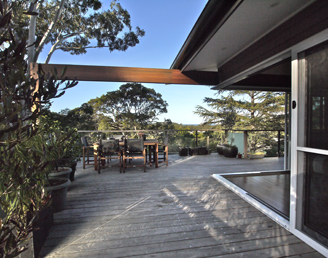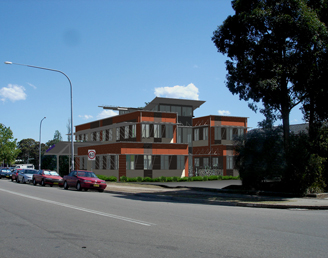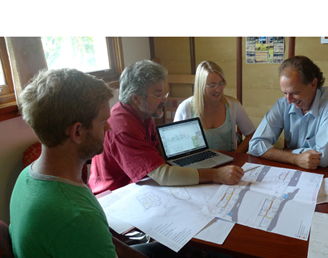The Solar Football Game – Is it Time to Pick Up Your Ball and Go Home?
Posted by admin on 20/10/2011 at 5:03 amThe best option for consumers wanting to solar power their homes may be to totally thumb their noses at the grid, and go it alone, even in the city.
The ongoing use of the solar power industry as a political football – variously as saviour or demon, depending upon the level of government and its political colour -has decimated its stability, and in too many cases, its commercial viability. This is a woeful situation, one which all governments should be ashamed of having allowed to develop, much less actively pursued.
A quick glance at the history: ironically, federal Labor’s Peter Garrett started the most recent slide with his sudden abolition of the rebate a couple of years ago. Then various state governments kicked the ball, up, then down – to the point of squashing it flat. The previous NSW Labor government’s Gross Feed-in Tariff (GFIT) is a great example: first jacked up to (a possibly unsustainable) 66c/kWh, then crushed back down to a ridiculously unrewarding 20c/kWh by the current Liberal O’Farrell government. Ted Baillieu’s Victorian Liberal government is continuing to wreak the same kind of uncertainty and unrewarding return on investment. (GFIT vs Net Feed-in Tariff is the difference between being paid for all the power your PV system makes, regardless of who uses it (gross), and being paid only for what is exported back to the grid, after your use comes out of it (net).)
What to do?
A viable alternative is to simply pretend your house is out in the donga (eastern states term – in the west that means your house was inside a demountable, which doesn’t have quite the same appeal). That would mean no grid power, and no choice about how to make your power: it’s stand alone solar, maybe with a little wind thrown in, or nothing. But if it works in the bush (and it does, for many thousands of installations) it can work in the suburbs.
What are the costs? Extra money and materials for the battery bank, to allow energy use overnight, and more solar panels to cope with making power in the worst normal conditions: short cloudy winter days. The extra costs may be offset by electricity price rises in the immediate future, and this is accentuated by the alternative of woefully inadequate GFIT paybacks of 30 years.
Is it ideal? No, for a number of reasons. One is that the clean power produced during the peak productive hours cannot be shared with the grid, thus having less of an impact on Australia’s total emissions. Also, the extra embodied energy contained in the batteries, and their currently shortish lifespan, increases the overall environmental impact of off-grid systems.
But if there was a significant trend toward stand-alone systems, the various pig-headed governments might take a bit of notice. Of course, that pre-supposes that real vision and leadership still exists among our politicians. Political aspirants who believe they possess such stuff, please stand up – you know who you are.
Sustainable House Design
We will help you create a family home that works well, feels good, is kind to the environment, culturally appropriate and reduces your energy and running costs.
Read MoreSustainable Commercial Buildings
We design your building to help reduce your operating costs, optimize the life cycle of your building, increase your property value and increase employee productivity.
Read MoreWorking with Envirotecture
We design beautiful, sustainable buildings that work for you, your family or your business. Full range of building design, consulting and training services.
Read More






















